
Technology is making our workplaces more exciting to work in. It’s transforming how we work and the relationship we share between co-workers and consumers.
The good news is how this transformation can enable business leaders to plan, design, and collaborate effectively in today’s competitive business environment.
That being said, let’s examine 10 technologies that will transform your workplace:
1. Facial Recognition
A fast-growing technology that’s changing the workplace is facial recognition. It plays a key role in the retail, restaurant, hospitality, and security industries.
Both employees and consumers are already enjoying the enormous benefits of facial recognition through some of the products they use daily.
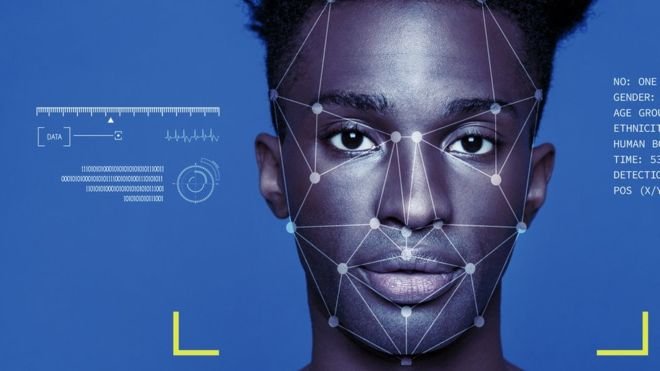
Apple, for example, has embraced facial recognition technology and incorporated it into the iPhone X mobile device back in September.
Other brands are also experimenting facial recognition technology in their products, services, and customer services. Expedia, for instance, partnered with the Hawaii Tourism Authority while tapping into facial recognition to further engage with its target audience.
2. Artificial Intelligence and Analytics
Artificial Intelligence (AI) has now become an integral part of analytics. It’ll ensure that technology can seamlessly respond to human interactions (whether in self-servicing medical equipment or the processes involved in a self-driving car), improving work efficiency without the need for human intervention.
Effective measurement will lead to dramatic improvements in the results. After all, “what can be measured can be improved.”
Data scientists will no longer be stranded with complex data. They can rely on AI to simplify data and deliver meaningful insights. Armed with these insights, they can optimize industrial processes better.
AI will find patterns and connections that will truly give credence to IoT.
It’ll improve the workplace in different ways. For example, identifying strange activities in the database that may be indicative of a security threat).
3. Digital Security
A functional workplace promotes organizational culture. It boosts employees’ confidence.
According to data, an estimated $400 billion is lost every year from cyberattacks, and this problem is projected to increase year over year.
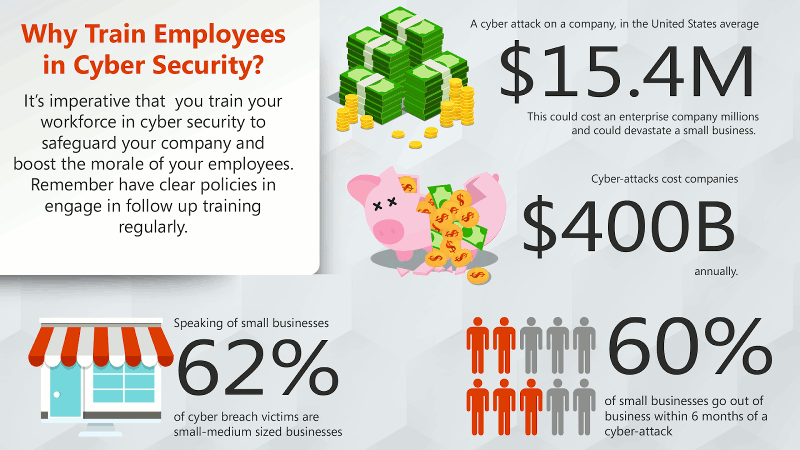
That’s why it’s important to embrace technological advancements that thrive on secure systems in the workplace. This includes encrypting data in storage, authentication that will help identify people and digital entities, audit trail, vulnerability management, etc.
To guarantee security in the workplace, companies should encourage employees to communicate internally using secure messaging apps. It’s a good way to checkmate this security problem.
4. Immersive Team App Technology
There’s been a lot of transformation in team communication. Video conferencing was the major focus.
It used to be the only advanced way of sharing ideas and planning between the organizational directors and subordinates.
But today’s workplace is benefiting from virtual reality — especially in the medical and manufacturing industry — where there’s a need for hands-on prototyping.
You’ll likely see this new development incorporated in some of the messaging apps your team uses, such as Slack, Trello, Asana, and Skype.
5. Biometrics
Biometrics go beyond fingerprints. Interestingly, the iris and heart rate detection is gaining popularity in modern workplaces. Biometrics are great for verifying a person’s identity.

Advanced biometrics systems are made possible by sensor technology already integrated into smartwatches, fitness trackers and fitness bands. These sensors are powerful enough to give insights into body temperature, blood glucose levels, and EKG.
This is good news for the medical professionals, as there will be improved accuracy in remote monitoring of patients. The immigration department and travel industries can also leverage biometrics to authenticate individuals who want to travel.
6. Chatbots
Chatbots help the organization to transfer and process data without human intervention.
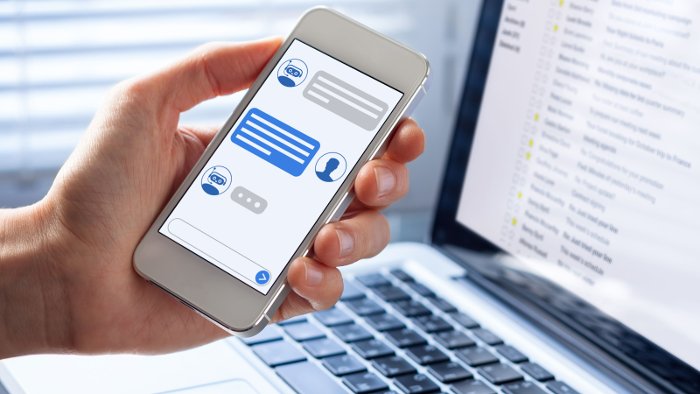
Apart from providing search and discovery values, which have been the predominant use of chatbots in recent times, bots can provide product recommendations, solve technical issues, guide the customer around a company’s website, and handle customer service.
7. Secure Group Messaging Systems
Using IoT technology to automate workplace function is critical in every industry.
Since employees need to communicate and share information with their co-workers within and outside their workplace, it’s important to introduce digital communication tools.
There are several ways to share thoughts with co-workers and top executives, but instant messaging is the third most effective form of workplace communication, according to Marketing Charts.
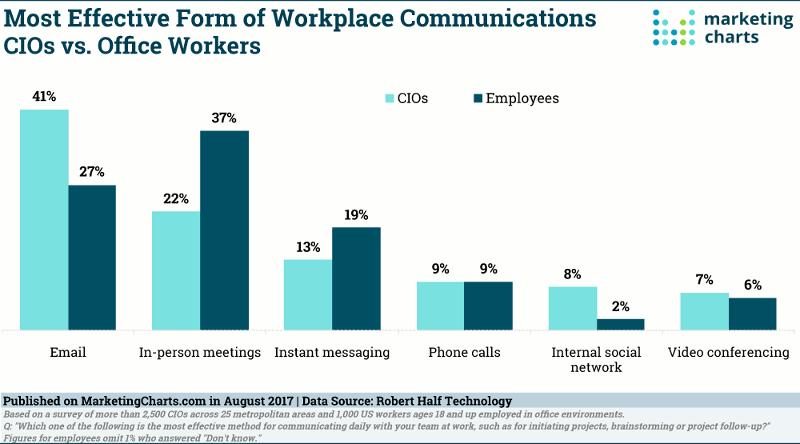
Timeliness is a hallmark of effective communication. Security is also an important aspect of group messaging. That’s why enhancing workplace technology using communication platforms like Slack, for instance, is a must-have.
A group messaging system or platform that enables real-time communication and guarantees the security of personal information and data is important in the workplace.
8. Business Cocreator Systems
A great way to continually maintain operational excellence is by transforming values into systems. That way, it’ll be replicable and can be improved upon.
Business and technology are like two Siamese twins that can’t be separated.
Therefore, technology should improve collaboration in the workplace, create values and co-create systems that can be tweaked even further.
Consumers want experiences that truly define your brand. They don’t just want to buy your product or outsource the task to your team, they want to participate and feel involved in the cause.
That’s why savvy businesses are shifting from process-focused operations to outcome-centric operations – to help achieve their goals while delivering a great experience to end-users.
9. Value Delivery Systems
SaaS technology models are becoming the norm in today’s workplaces. It’s changing the way technology teams collaborate, create value, and interact with consumers.
This has resulted in Value Delivery System (VDS), a system that’s gradually eliminating complex operational tasks and making complicated tasks more exciting to work on.
An effective VDS starts with a value proposition, how it improves experiences at every level, and how to effectively communicate it.
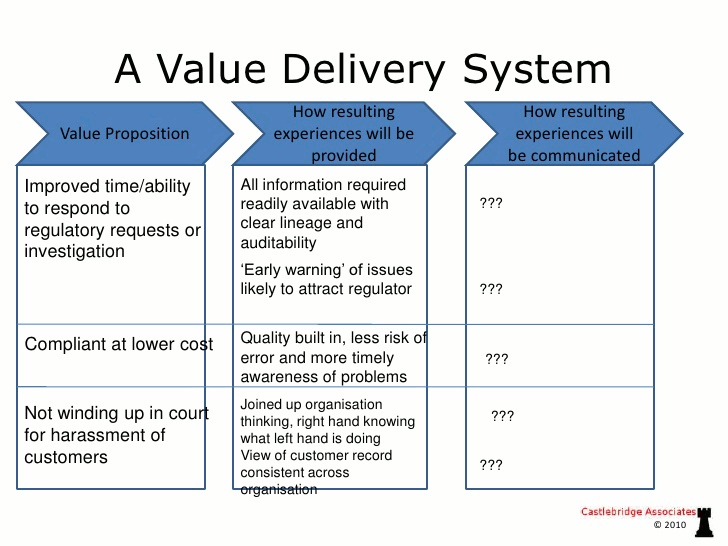
Value Delivery Systems can be tools and platforms that encourage the organization to outsource boring tasks to machines and service providers. In the end, it promotes team productivity and specialization.
10. Blockchain
A connected workplace can promote seamless transactions, especially for financial organizations. But other industries and organizations outside of finance can benefit from it as well.

Blockchain deployment is powerful because it ensures that every party in the network benefits from a shared ledger of events that can’t be altered.
It eliminates a lot of paperwork required in many organizations.
Blockchain is expected to yield some $3.1 trillion worth of value to businesses globally by 2030, according to Gartner. However, we can expect a change sooner rather than later.
Conclusion
Technology is constantly disrupting our workplaces. The earlier we all embrace this trend which is still new, the better for us.
Every effort in the workplace should be geared toward improving experiences between employers and teams; between brands and consumers.
This is what consumers want, and focusing on it will guarantee long-term success in your company, regardless of your industry or business model.










